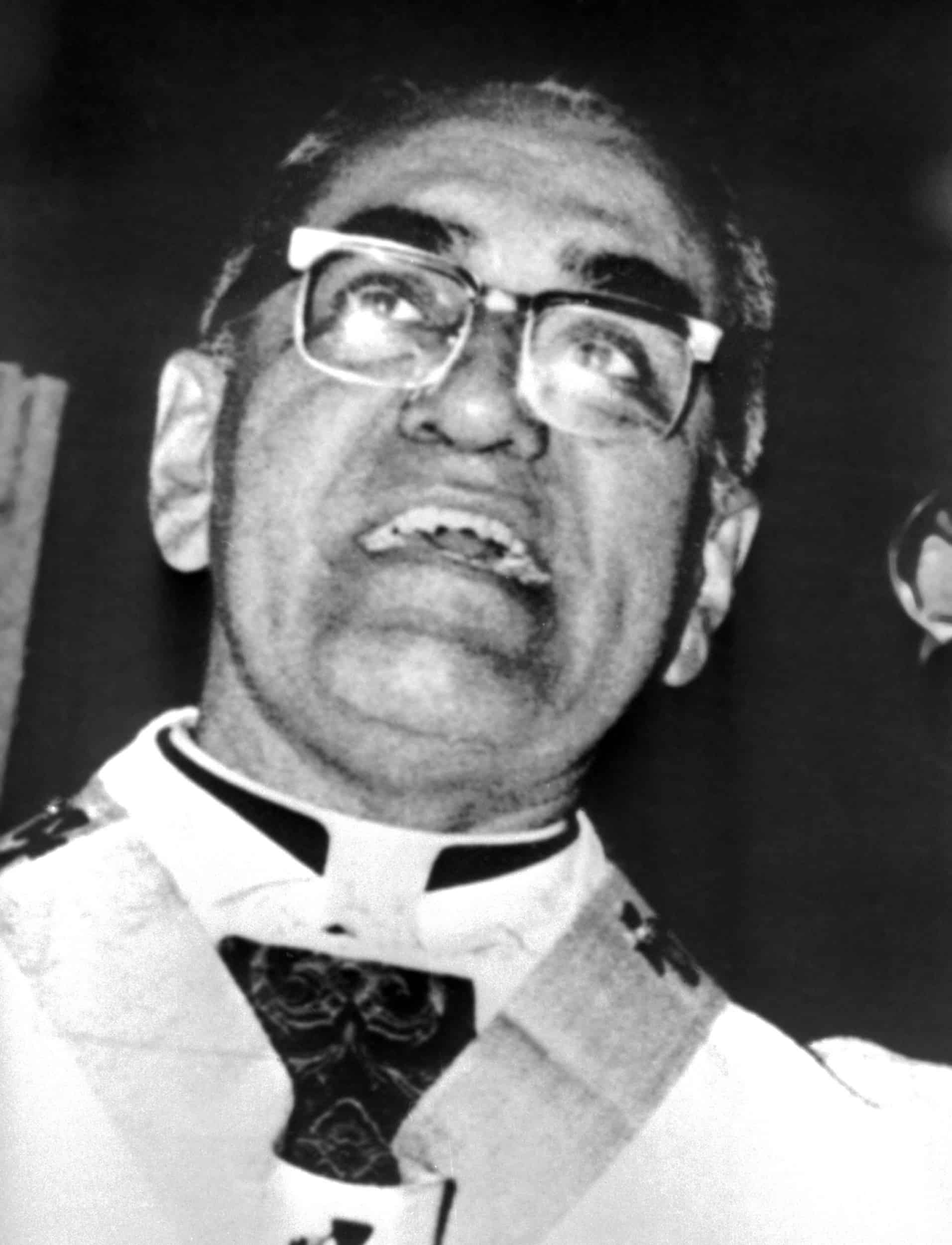SAN SALVADOR – Members of El Salvador’s religious community celebrated last Sunday a government decision to create a tourist route dedicated to Archbishop Oscar Romero, slain by a right-wing death squad on March 24, 1980. “I think it’s an opportune moment to inaugurate the route. Doing so will help recover the historical memory of our pastor,” priest Jorge Martínez told AFP.
Martínez was one of 220 people who visited the small residence last weekend where Romero lived. Today the residence serves as a museum. Visitors arrived on Sunday in Santa Ana, 60 kilometers west of the capital, to pay tribute to a “sacred site” that includes the La Divina Providencia Hospital chapel for cancer patients.
“It is important for tourists to learn the legacy of Monsignor Romero, but visits [to the site] should be a type of pilgrimage,” said María Teresa Cuéllar, a Santa Teresa missionary in charge of administering the museum.
Salvadoran President Mauricio Funes announced last Saturday that he would inaugurate the tourist route this week to draw people interested in learning about “the life, pastoral work and prophetic message of our archbishop and martyr, Monsignor Oscar Arnulfo Romero.”
The route will begin at the crypt of San Salvador’s central cathedral, where Romero’s body was laid to rest, and will continue to the chapel and the small museum at La Divina Providencia, among other sites. “It’s good work to offer visitors sites where Monsignor Romero lived and died,” 81-year-old María Jesús Flores told AFP.
For Pablo Guzmán, a follower of Romero, in addition to contributing to the historical memory of that troubled time during the Salvadoran civil war, the route also will generate jobs. Romero was assassinated because of his work denouncing social injustice. He was killed while giving mass by a gunman belonging to the country’s ultra-right faction.
A U.N. truth commission created in 1993 determined that military man Roberto D’Aubisson, founder of the ARENA political party, was the mastermind of the crime.






